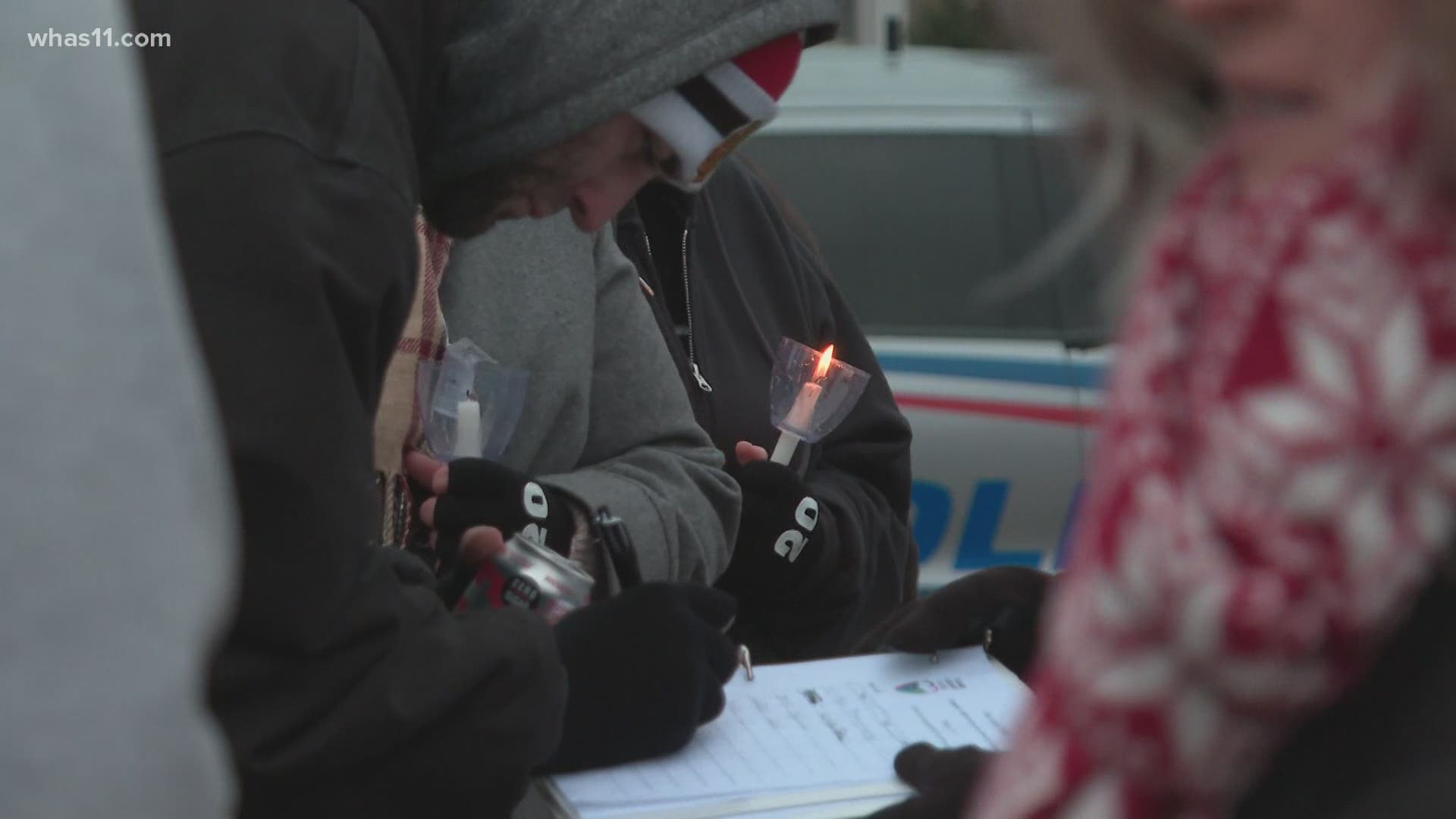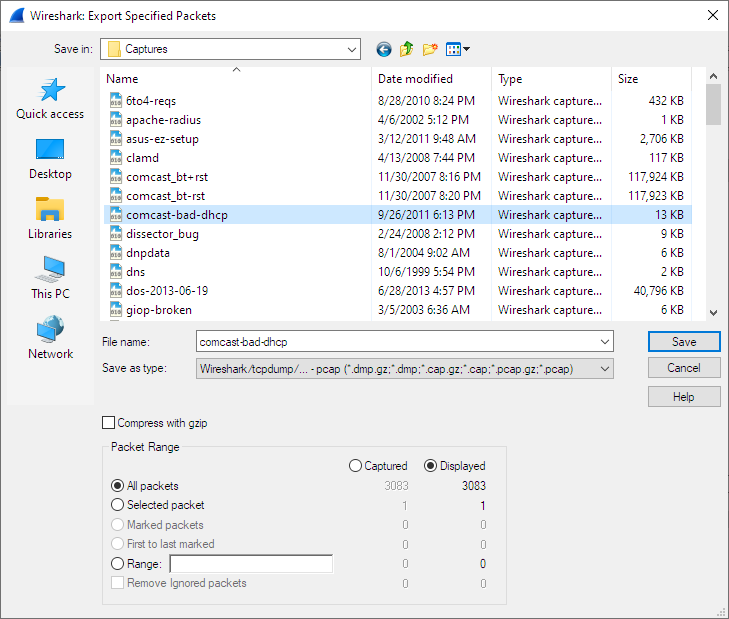This material must not be used for commercial purposes, or in any hospital or medical facility. Failure to comply may result in legal action.
- Lost aircraft procedures can be simplified down to five simple steps called 'The 5 C's' Note, this page does not pertain to unmanned aircraft system lost communications Five C's.
- Section B Rating the Applicants 5-3. Section C Examining Processes 5-26. Section D References 5-32. Chapter 6 Certify Eligibles 6-1. Section A Criteria Outlined in the Job Opportunity Announcement6-1. Section B Creating a Certificate of Eligibles 6-11. Section C Auditing a Certificate 6-25. Section D Objections and Pass-Overs 6-34.
- “A prerequisite for entering Class C airspace is establishing two-way communications. If you experience a radio failure, you will not be able to enter Class C without prior coordination. If you have already made contact with the Approach facility and have been given a transponder code with instructions to enter the pattern, then squawk 7600.

Turning in lost items: Ask the people around you if they lost the item you found; if not, write your name and the date on a slip of paper and tape the item to it; if it is money or something valuable, put the item and slip on my desk for safekeeping; if not, put it in the Lost and Found box; give yourself a 'pat on the back' for being honest. Our acronym for IFR lost comm’s is A-V-E-F M-E-A. Not to bad to remember Avenue F MEA. It’s much better then some of the other one’s I’ve seen. Lets take a closer look. There are two portions to our acronym the first part A-V-E-F (Avenue F) has to do with our route of flight. You are to fly your route based on your last.
Medically reviewed by Drugs.com. Last updated on Nov 16, 2020.
- Care Notes

- Precare
5 C Lost Procedure
WHAT YOU NEED TO KNOW:
Abdominal paracentesis is a procedure to remove abnormal fluid buildup in your abdomen. Fluid builds up because of liver problems, such as swelling and scarring. Heart failure, kidney disease, a mass, or problems with your pancreas may also cause fluid buildup.
5c Lost Procedure
HOW TO PREPARE:
Before your procedure:
- Ask your caregiver if you need to stop using aspirin or any other prescribed or over-the-counter medicine before your procedure or surgery.
- Bring your medicine bottles or a list of your medicines when you see your caregiver. Tell your caregiver if you are allergic to any medicine. Tell your caregiver if you use any herbs, food supplements, or over-the-counter medicine.
- Tell your caregiver if you know or think you might be pregnant.
- Tell your healthcare provider if you have a history of blood clotting problems.
- Tell your healthcare provider if you have had surgery on your abdomen before.
The day of your procedure:
- Write down the correct date, time, and location of your procedure.
- Caregivers may insert an intravenous tube (IV) into your vein. A vein in the arm is usually chosen. Through the IV tube, you may be given liquids and medicine.
- You or a close family member will be asked to sign a legal document called a consent form. It gives caregivers permission to do the procedure or surgery. It also explains the problems that may happen, and your choices. Make sure all your questions are answered before you sign this form.
WHAT WILL HAPPEN:
What will happen:
- You will lie down on a table or bed, on your back or on your side. Your healthcare provider will tap on, and feel your abdomen to decide where to insert the needle. Your healthcare provider may also use an ultrasound to help decide where to insert the needle. An ultrasound uses sound waves to show pictures of the inside of your abdomen on a TV-like screen. Your healthcare provider will clean your skin and cover the area around the procedure site with a clean sheet. Your healthcare provider will give you a shot of medicine called local anesthesia. Local anesthesia will numb your skin in the procedure area so you will not feel pain.
- A needle will be inserted into your abdominal cavity. A syringe will be attached to the needle to remove a small amount of ascites fluid. The needle will be removed once your healthcare provider has removed enough fluid for testing. To remove a larger amount of fluid, a needle is inserted into your abdominal cavity. A catheter (small, thin tube) is attached to the needle and the needle is removed. The catheter tubing will be attached to a suction device (gentle vacuum) to help remove the fluid. The fluid will drain into a container attached to the tubing. Removing large amounts of fluid may take up to 6 hours. When your healthcare provider has pulled enough fluid from your abdomen, he will remove the catheter. Your wound (procedure site) will be covered with a bandage. The ascites fluid may be sent to a lab for tests.
/Stock-Market-Charts-Are-Useless-56a093595f9b58eba4b1ae5b.jpg)

After your procedure:
5 C Lost Procedures
You may need to lie on the side without the wound for up to 2 hours. Lying on your side may prevent fluid leakage from your wound. If the wound leaks and will not stop, your healthcare provider may stitch the area closed. Do not get out of bed until your healthcare provider says it is okay. You may need fluids or volume expanders given through your IV after your procedure. These fluids include albumin or saline. Albumin is a protein found in your blood. The IV fluids help prevent a drop in your blood pressure. When healthcare providers see that you are not having any problems, you may be able to go home. If you are staying in the hospital, you may be taken back to your room.
CONTACT YOUR HEALTHCARE PROVIDER IF:

- You are late or cannot make it to your procedure.
- You are gaining weight for no known reason.
- You have little or no appetite for food.
- Your legs and ankles are swollen.
- Your symptoms, such as pain, shortness of breath, and decreased movement get worse.
Seek Care Immediately if
- You are urinating very little or not at all.
- You feel dizzy or confused. You may also feel more tired than usual.
- You have a high fever (high body temperature).
- You have nausea or vomiting.
- You have sudden or very bad pain in your abdomen.
- You have sudden trouble breathing.
Risks
- During abdominal paracentesis, the needle may damage your abdominal organs or blood vessels. After abdominal paracentesis, you may bleed, or remaining ascites fluid may leak out from your wound. You may get an infection in your wound, or in the lining of your abdomen. If a large amount of fluid is removed during your procedure, your blood pressure may become very low. Very low blood pressure may decrease blood flow in your body and make you dizzy or short of breath. You may get a blood clot in your abdomen or lungs. A blood clot in your lungs can cause chest pain and trouble breathing, and can be life-threatening. Even with abdominal paracentesis, your kidney or liver function may not improve. Ascites fluid may build up again, and you may need another abdominal paracentesis.
- If you do not have an abdominal paracentesis, your symptoms may get worse. You may feel short of breath, have abdominal and chest pain, and have trouble moving around. You may not learn why fluid is building up in your abdomen. You may not get proper treatment. You may have bleeding inside your stomach or bowels. Your kidneys may stop working, and your liver problems may get worse. The fluid inside your abdomen may get infected and cause abdominal pain and tiredness. An infection may become life-threatening and you may die. Talk with your healthcare provider if you have questions or concerns about your procedure, condition, or care.
Care Agreement
You have the right to help plan your care. Learn about your health condition and how it may be treated. Discuss treatment options with your caregivers to decide what care you want to receive. You always have the right to refuse treatment.Further information
Always consult your healthcare provider to ensure the information displayed on this page applies to your personal circumstances.